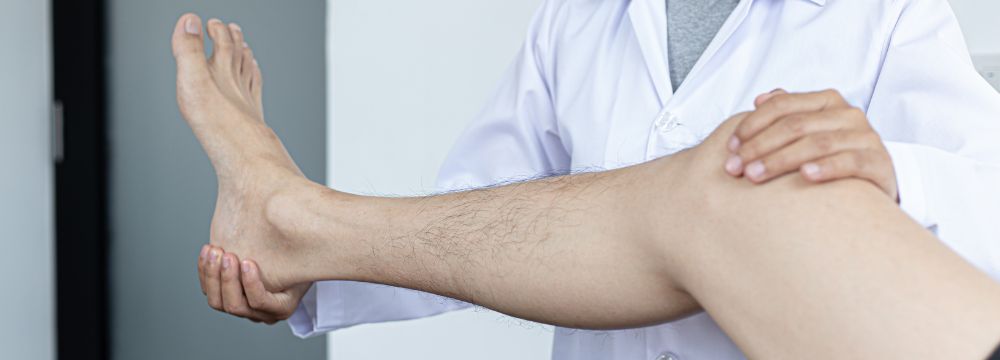Hair loss on the legs may not seem like a big deal, and many patients may chalk it up to aging, but it requires evaluation by a medical professional. There are several reasons why people, especially men, may lose hair on their legs, some of which may be hormonal and others that can be more concerning, such as Peripheral Artery Disease or PAD. It is important to remember that while PAD is a progressive disease, any number of symptoms can occur alone or in conjunction with others, making self-diagnosis difficult or impossible.
Why Does Pad Cause Hair Loss?
To understand this, we must learn more about what exactly PAD is. This is a condition in which the arteries in the extremities, usually the legs, begin to narrow due to atherosclerosis or plaque buildup along the arterial walls. This is similar to coronary artery disease, which can lead to a heart attack. Instead, this occlusion leads to ischemia or the lack of blood flow to the legs. This insufficiency of oxygen-rich blood begins to deteriorate the function of the affected area – muscles, nerves, even hair follicles. Some of the most common symptoms of this stage of PAD include pain when exercising, pallor of the skin, cramping, and of course, hair loss. This hair loss will usually occur in the lower leg, like the shins, calves, or feet.
Does Pad Start With Hair Loss?
It is possible that hair loss on the legs is the first, and sometimes only, outward symptom of PAD. There are four stages of PAD, the first of which is asymptomatic. As such, if you are experiencing hair loss due to PAD, it has probably progressed, and now treatment may be necessary.
What Should I Do Next?
If you are losing hair on your legs, it is essential that you see your primary care physician and/or cardiovascular specialist as soon as possible. While hormonal changes or other lifestyle factors may be causing hair loss, it is important to diagnose or alternately rule out serious conditions like PAD. Further, when caught in this relatively earlier stage, before the viability of the limb is compromised, treatment is much more straightforward, and there’s a greater likelihood of simply requiring a minimally invasive procedure like angioplasty with stenting versus a more extensive bypass or worst-case scenario, loss of the limb.
Will My Leg Hair Grow Back After Pad Treatment?
Regrowth of leg hair from PAD is not an absolute certainty. We can say that undergoing treatment for PAD, such as an angioplasty, atherectomy, or bypass, will restore a significant degree of blood flow to the extremities. It is this blood flow that the hair follicles need to restart their growth. However, if the hair follicles have been destroyed from lack of blood flow, hair will no longer regrow. If regrowth occurs, it may not be as thick or uniform as before PAD.
Patients should be aware of their risk for this condition and proactively visit a PAD specialist like Dr. Farrugia to get an accurate diagnosis and treatment plan for their condition. Every patient can also prioritize proper diet and exercise to minimize the effects of PAD and ultimately avoid some of its worst consequences.


Recent Comments